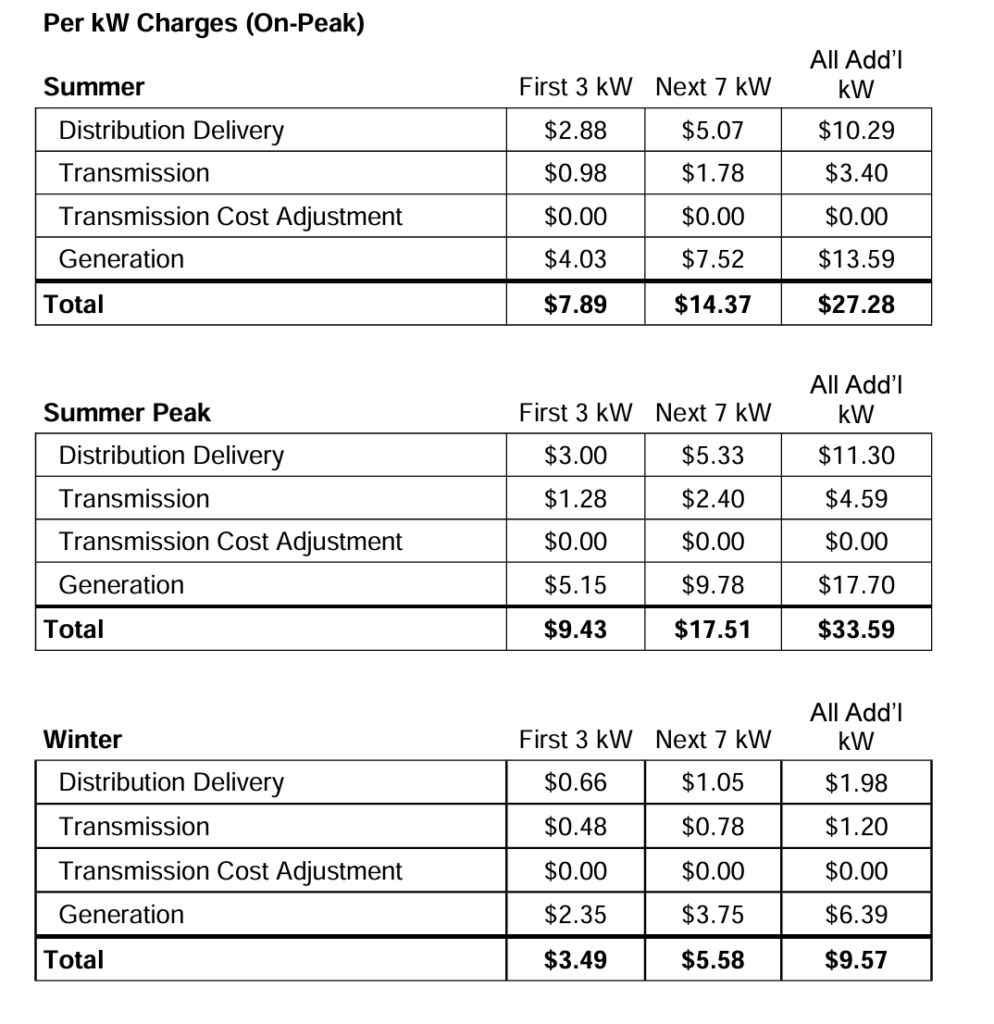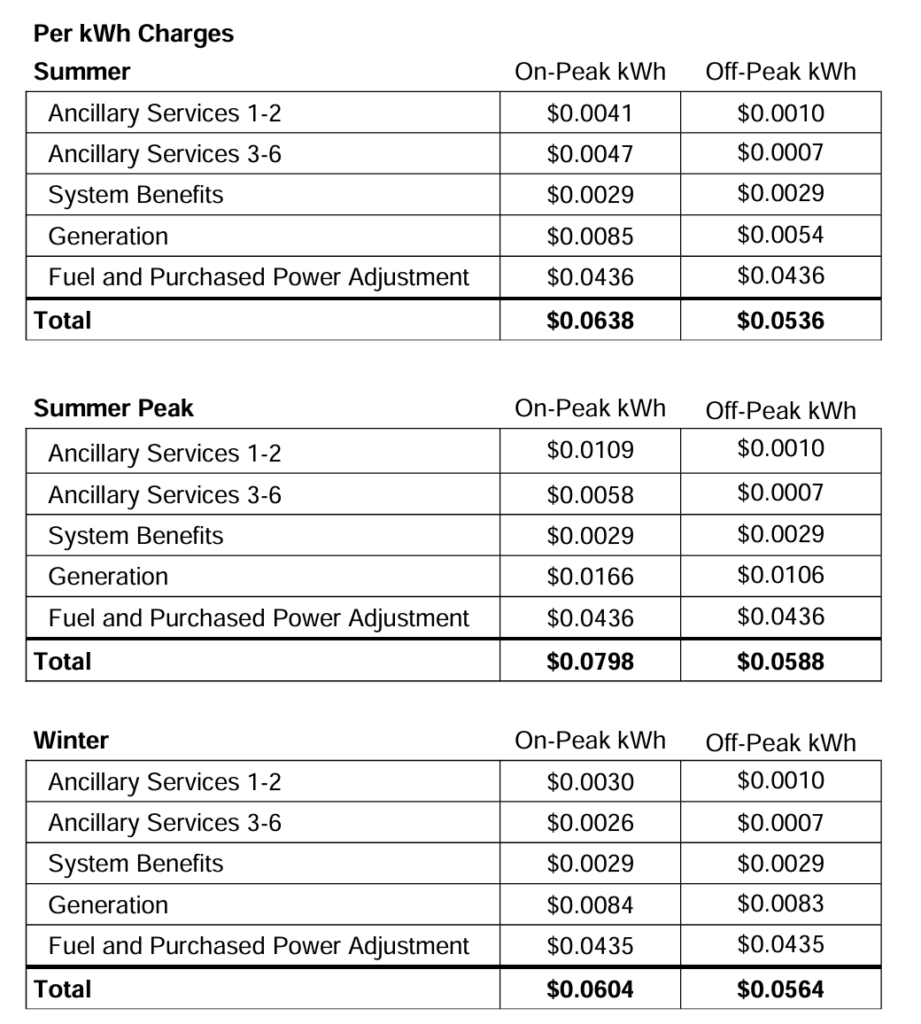In the first part of this series, we discussed why building a DIY Powerwall is a smart move to offset peak demand costs. In this part, we’ll focus on how to determine the appropriate battery size for your needs using historical usage data from your SRP bills. The Python program below will output these charts and recommendations.
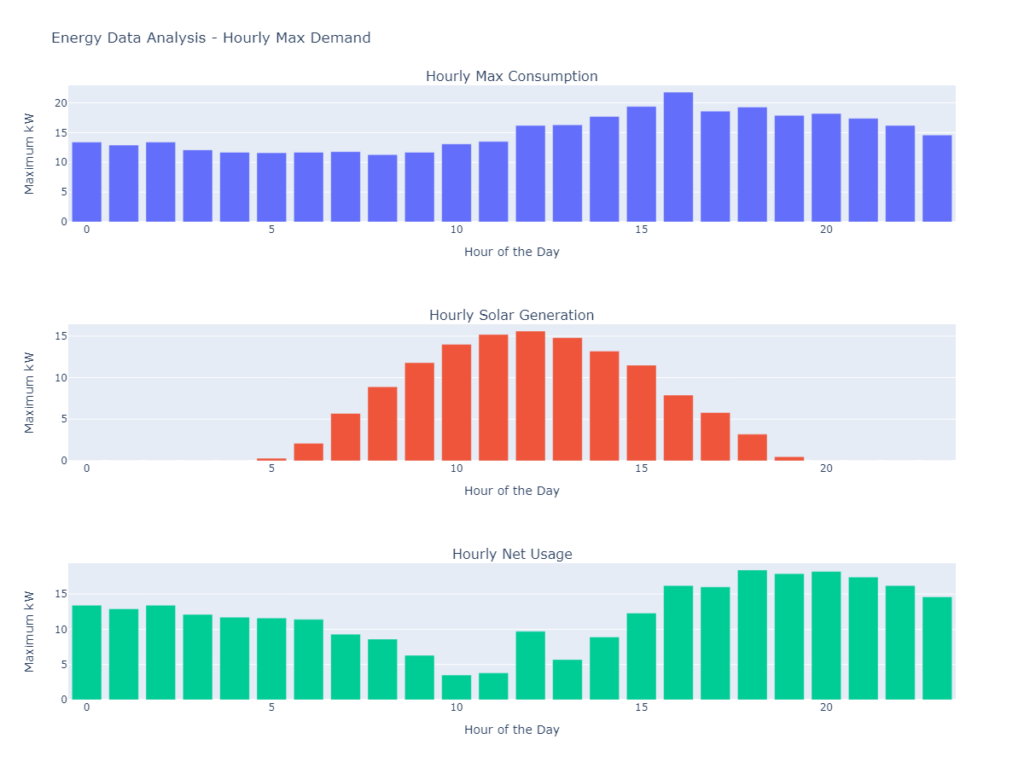
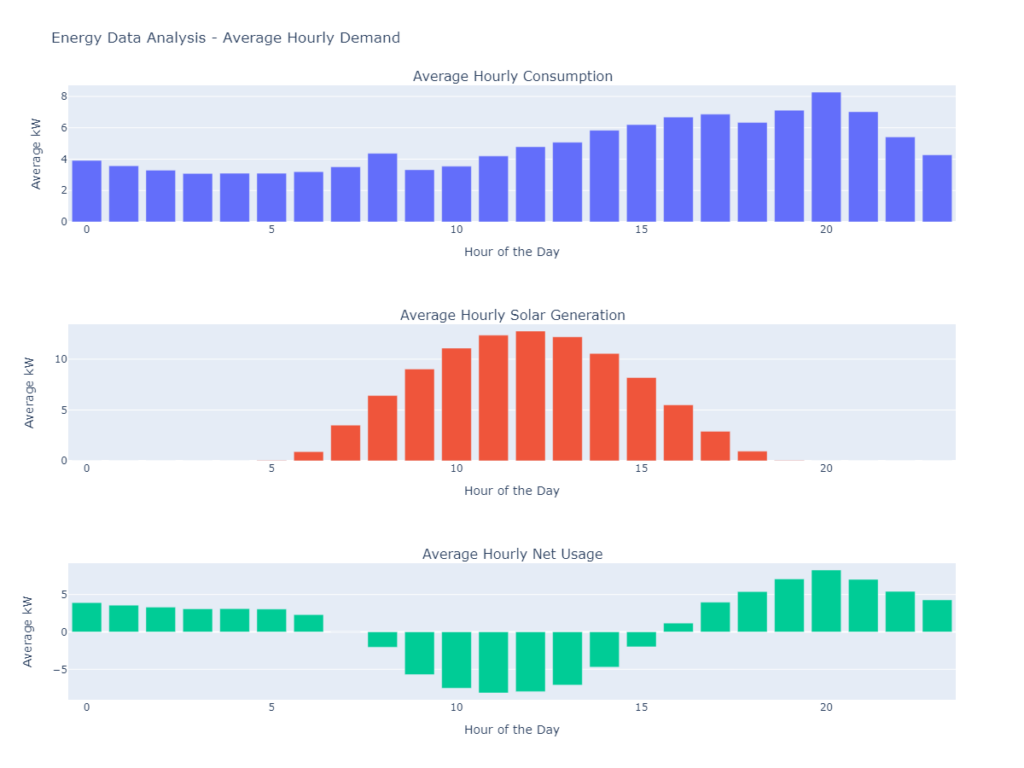
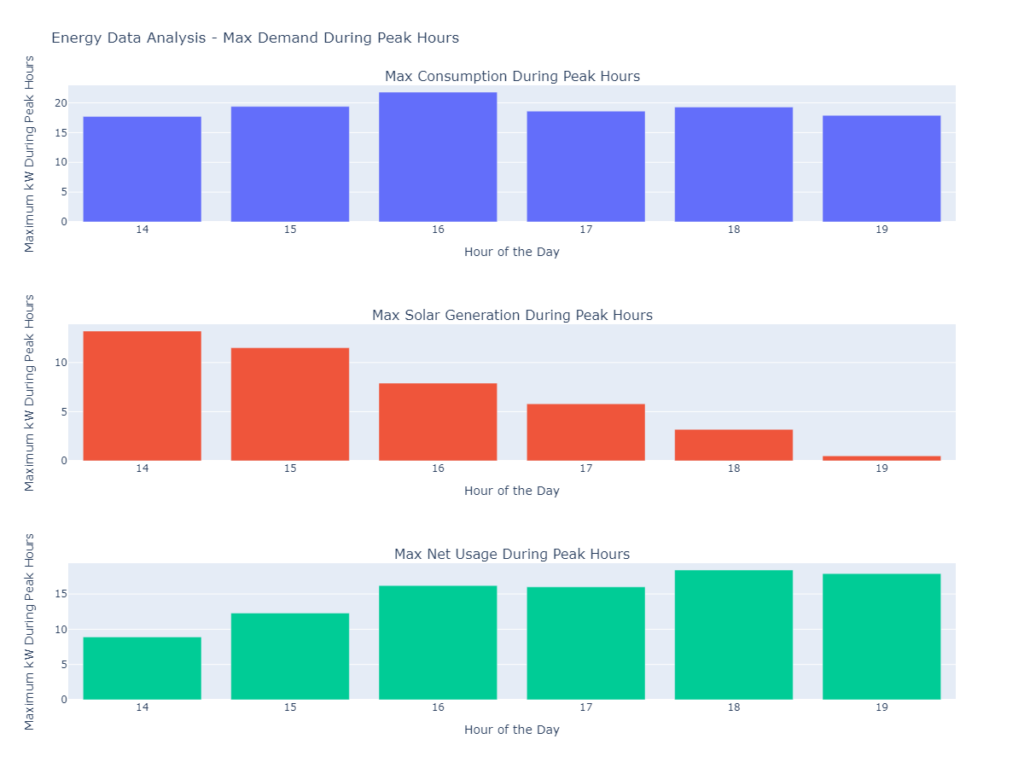
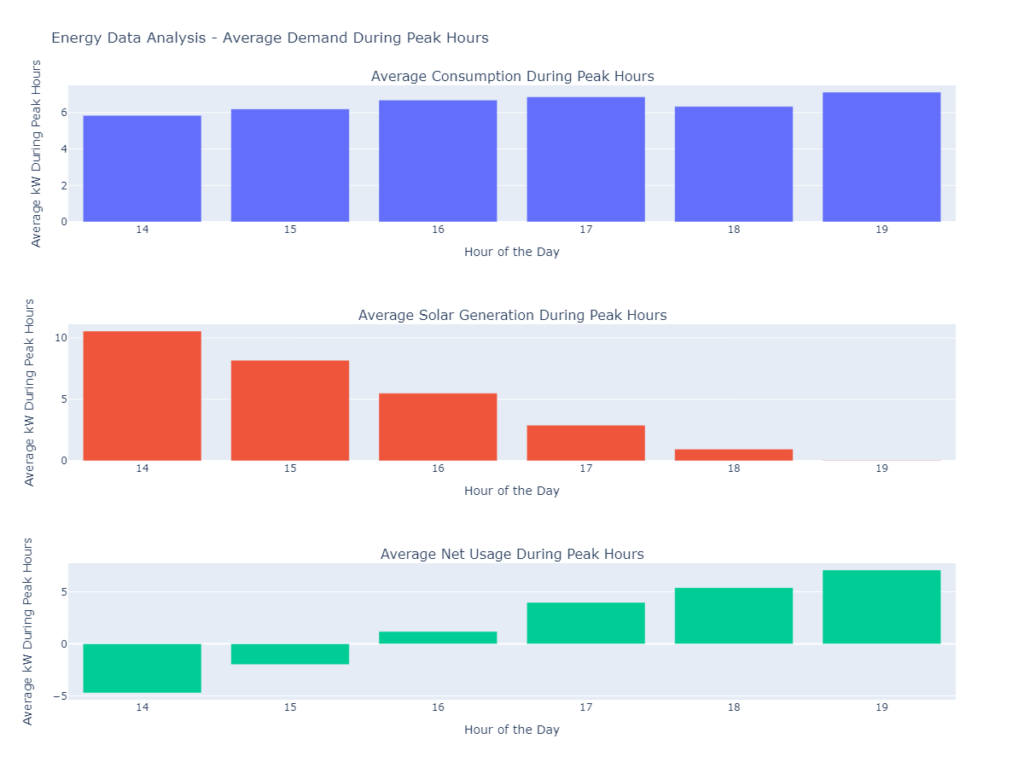
Output
The max you used during any 2-8 PM period is 58.90 kWh on 2021-09-05. Based on historical usage, this battery size would eliminate your electricity usage during peak hours.
The average you used during all 2-8 PM periods is 10.92 kWh. Based on historical usage, a battery of this size would eliminate your peak electricity usage on average.
If you did not have solar, you would need a battery with a size of 87.20 kWh to eliminate the maximum demand during peak hours. This maximum was recorded on 2021-09-05.
If you did not have solar, you would need a battery with a size of 39.04 kWh to eliminate the average demand during peak hours.
If you did not have solar, you would need a battery with a size of 232.80 kWh to power your house for a full day based on the maximum daily consumption. This maximum was recorded on 2021-08-03.
If you did not have solar, you would need a battery with a size of 116.08 kWh to power your house for a full day based on the average daily consumption.
Because you have solar, this reduces your battery size by 32.45% to eliminate all your peak energy.
Because you have solar, this reduces your battery size by 72.02% to eliminate on average all of your peak energy.
Collecting your data
To use this program, you need to download your hourly usage data from SRP:
- Log in to Your SRP Account:
- Navigate to the usage section.
- Select hourly usage and choose your date range.
- Export the data to Excel for the categories: net energy, generation, and usage. If you do not have solar, you may only have usage data, which is fine.
- Data Export:
- Download the data for May through October to focus on summer consumption months, as winter usage without AC is significantly lower.
- Export data for multiple past years to allow the program to determine maximum and average values accurately.
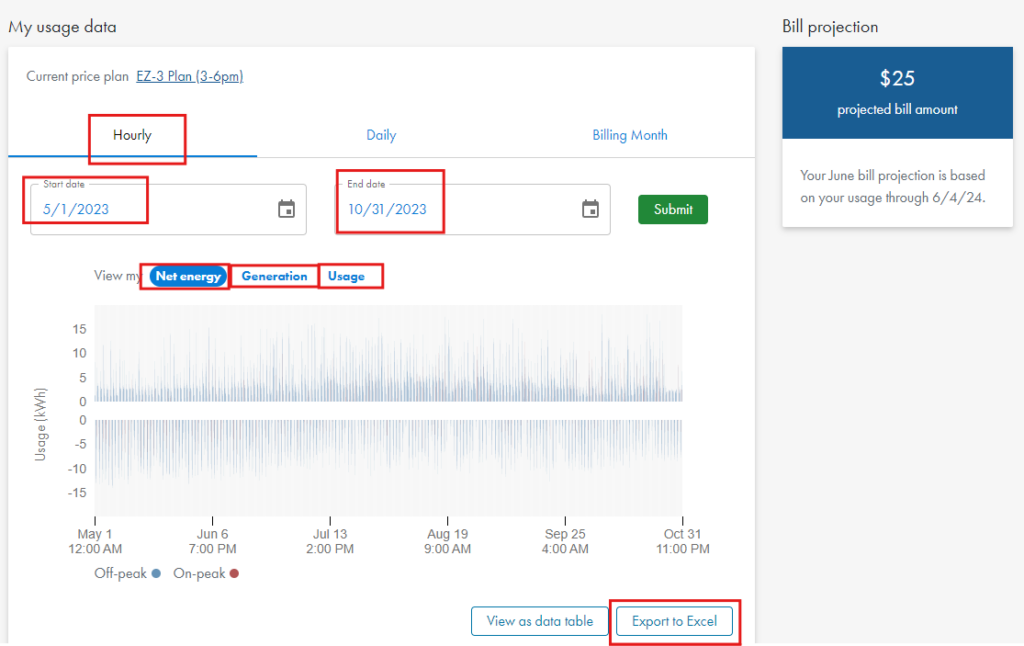
You should now have some files that look like this.

With your data files ready, you can now run the Python program:
Time to buy the equipment
Now that you know your required battery size, you can begin shopping for components and building your DIY Powerwall. Stay tuned for the next part, where we’ll dive into the construction process!

